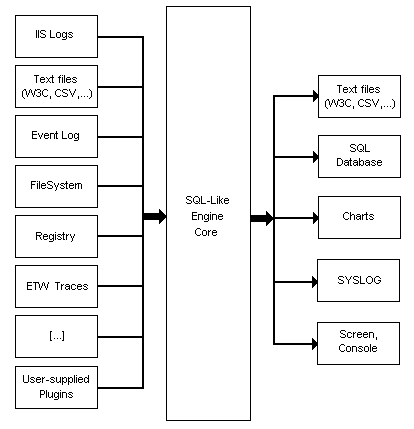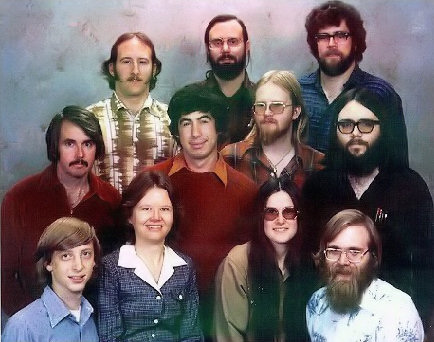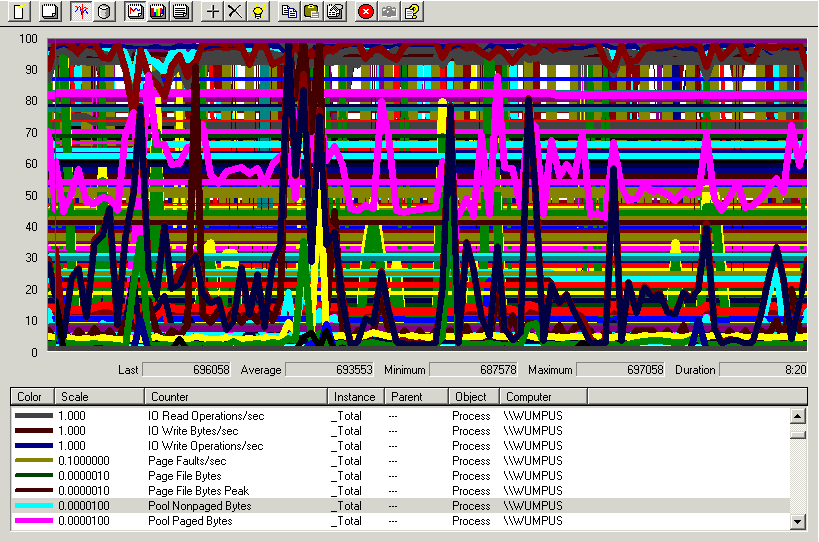user experience
The User Interface Is The Application
Shawn Burke’s post Shippin’ Ain’t Easy (but somebody gotta do it) explains why you have to resist change at the end of a project, no matter how justifiable and rational the reasons may be. Even the smallest change has a real risk of introducing additional bugs. The first




